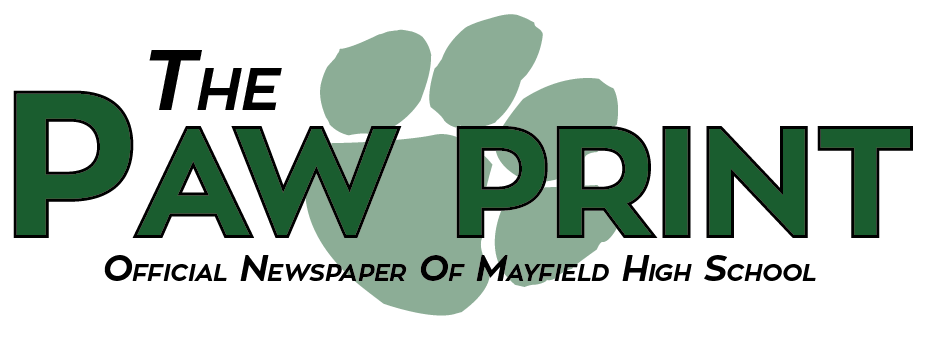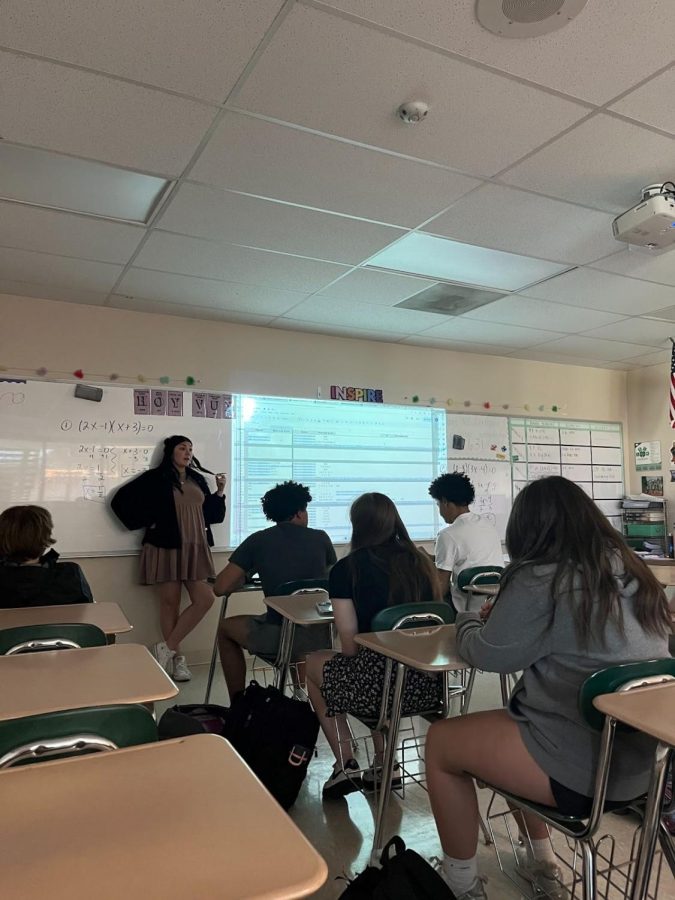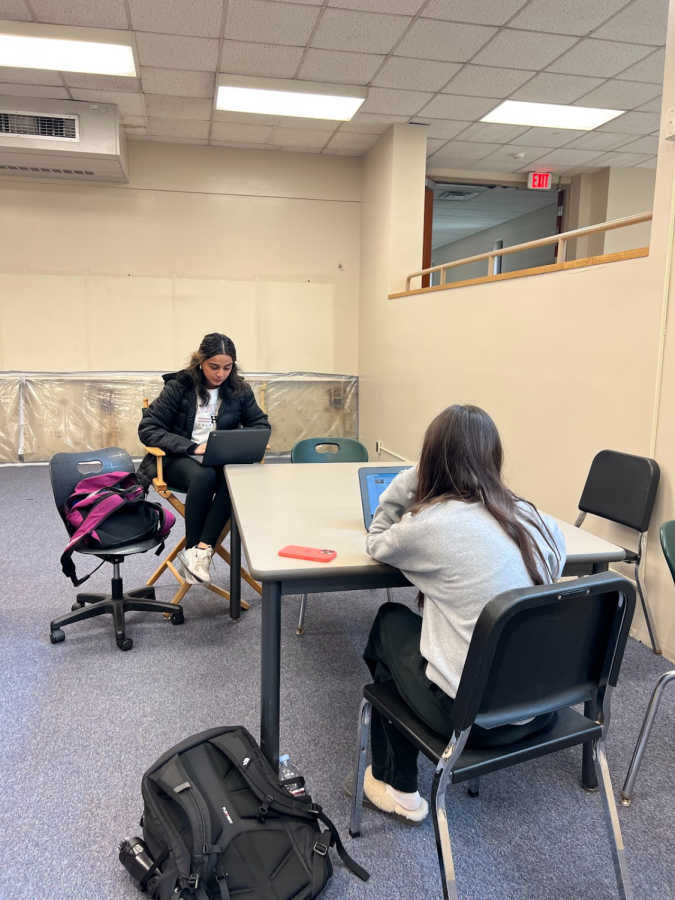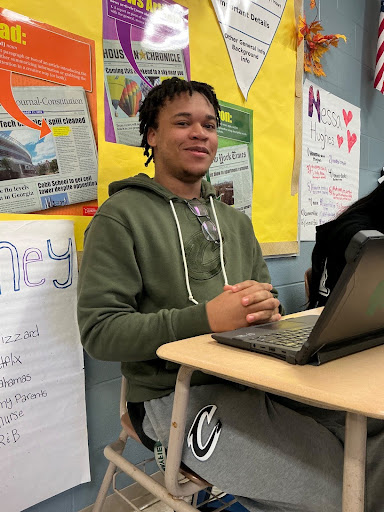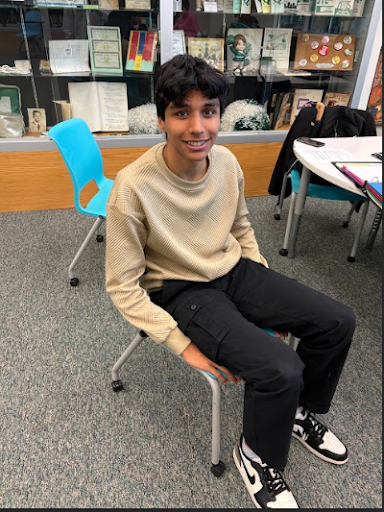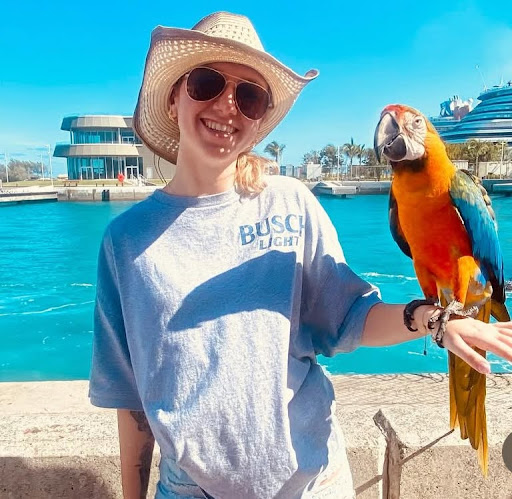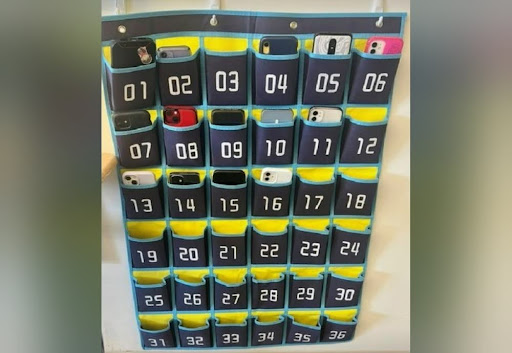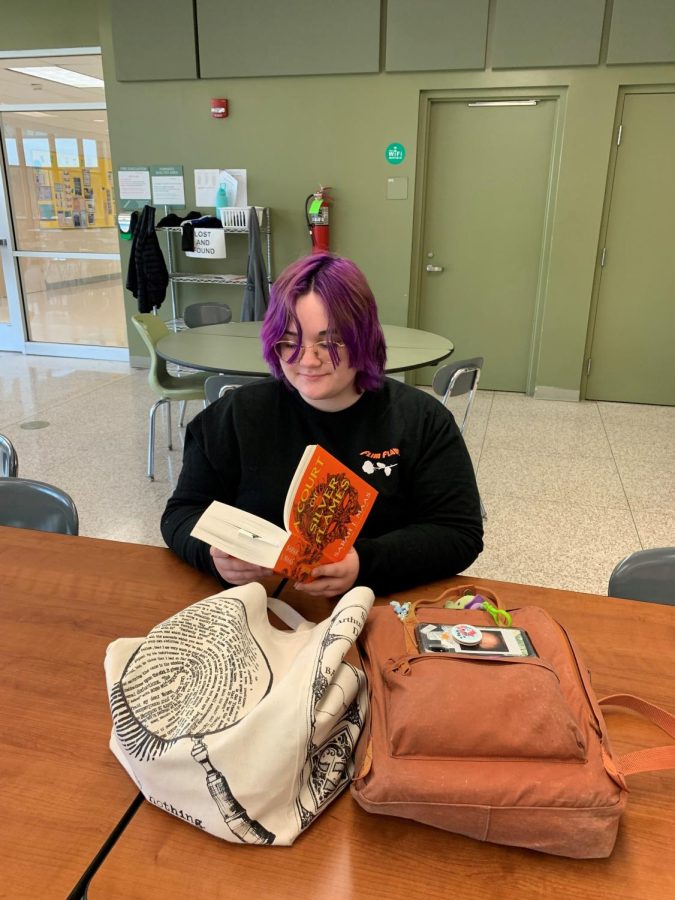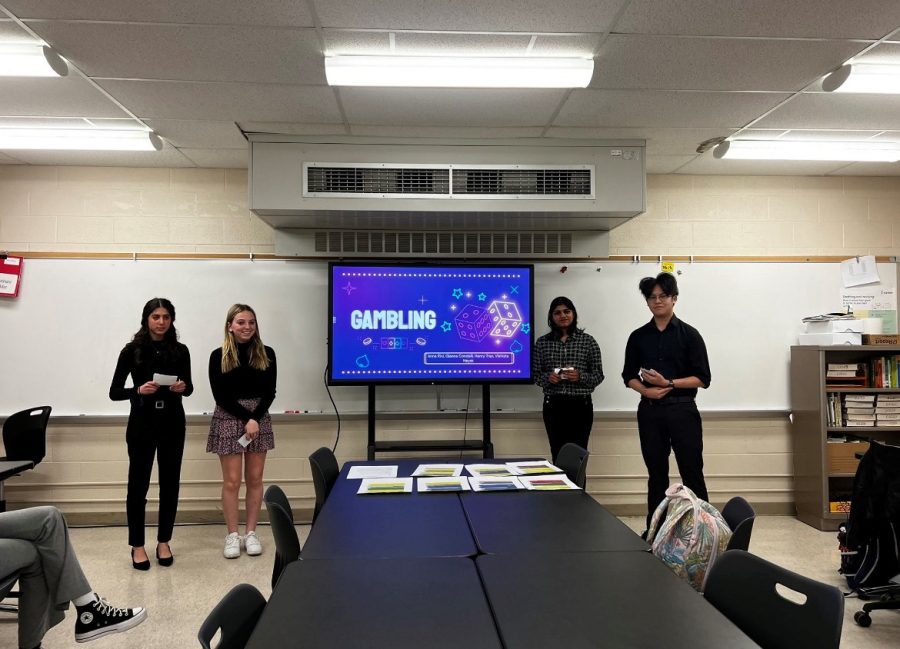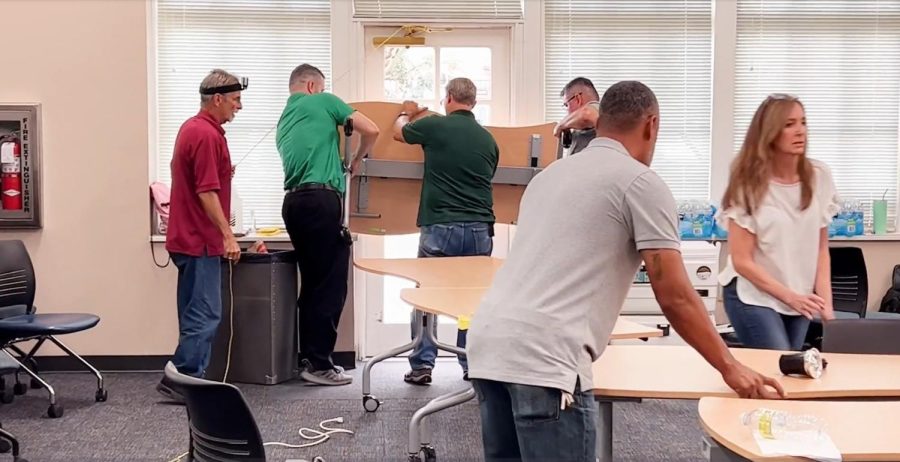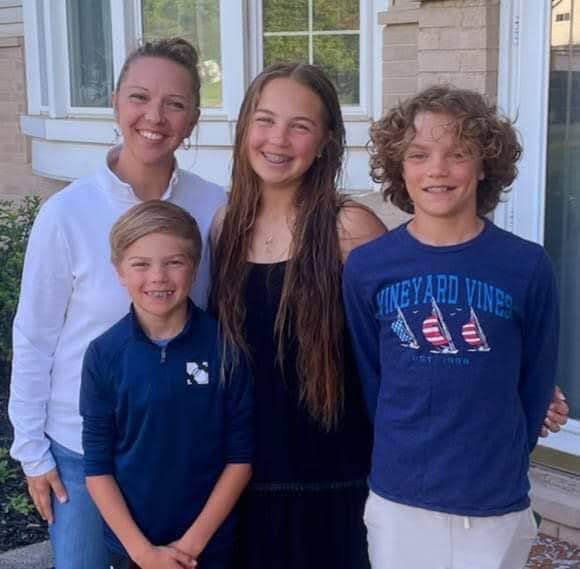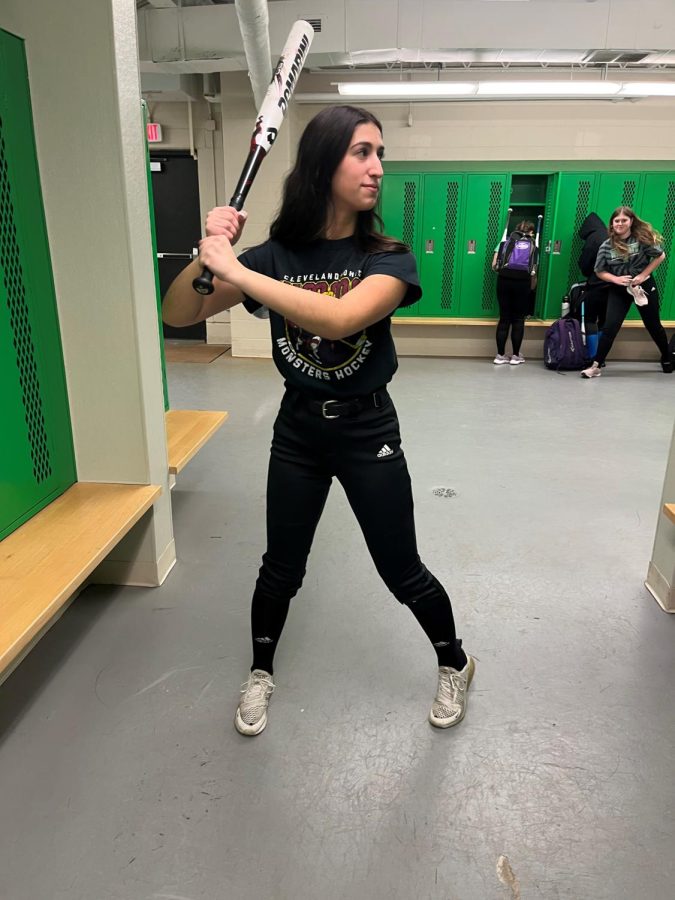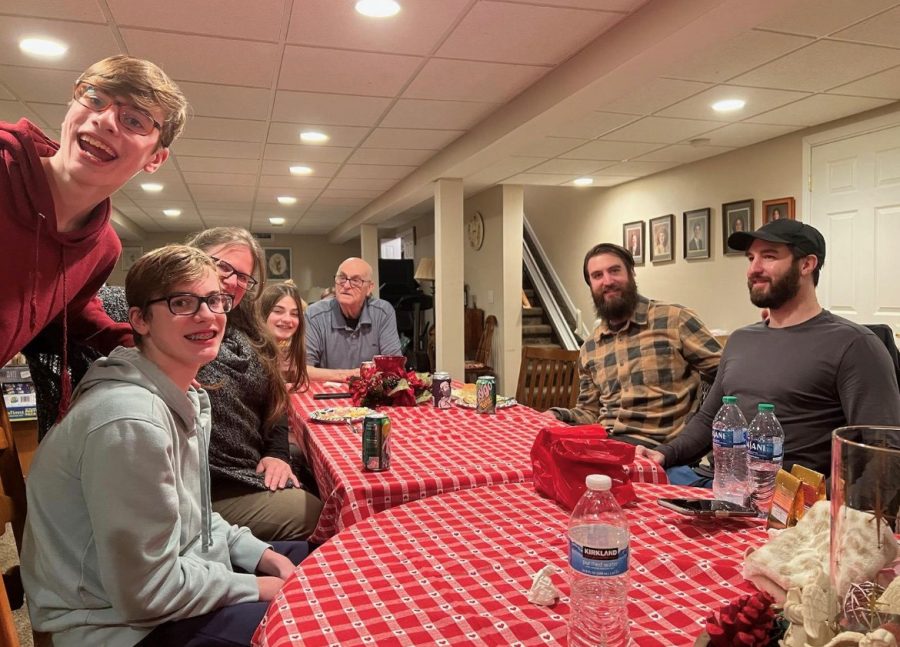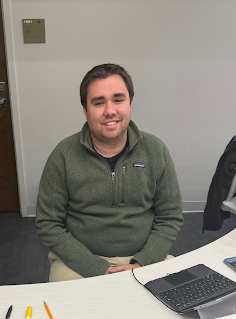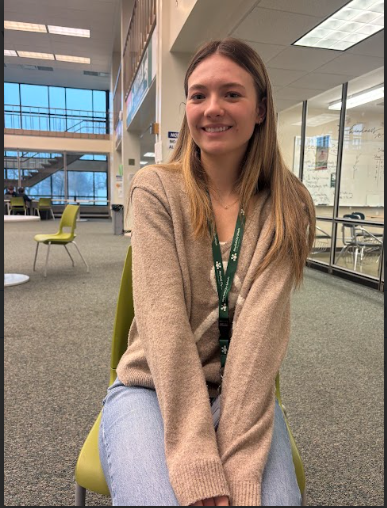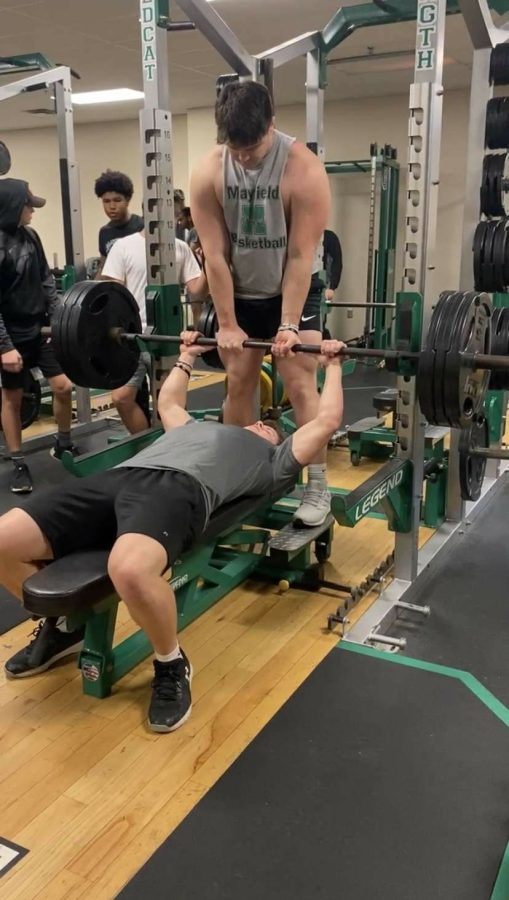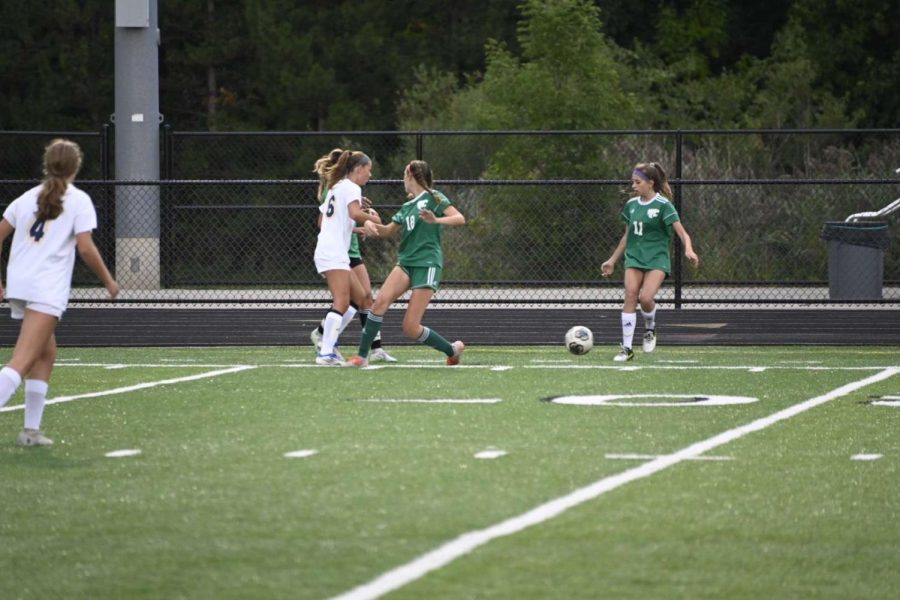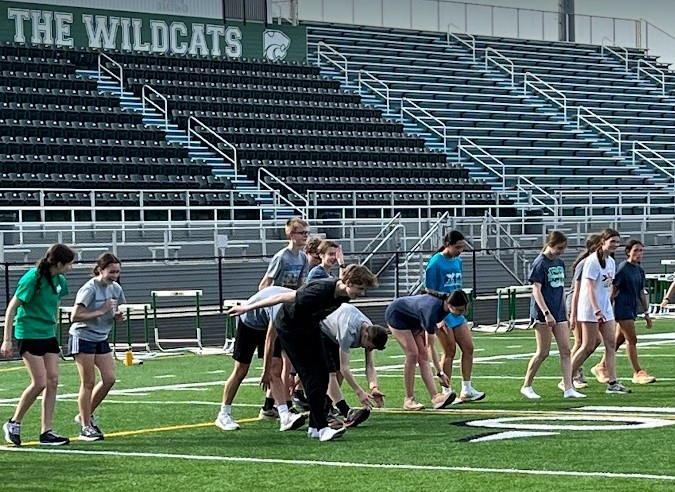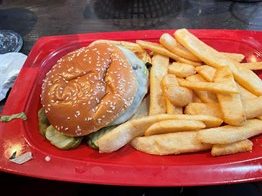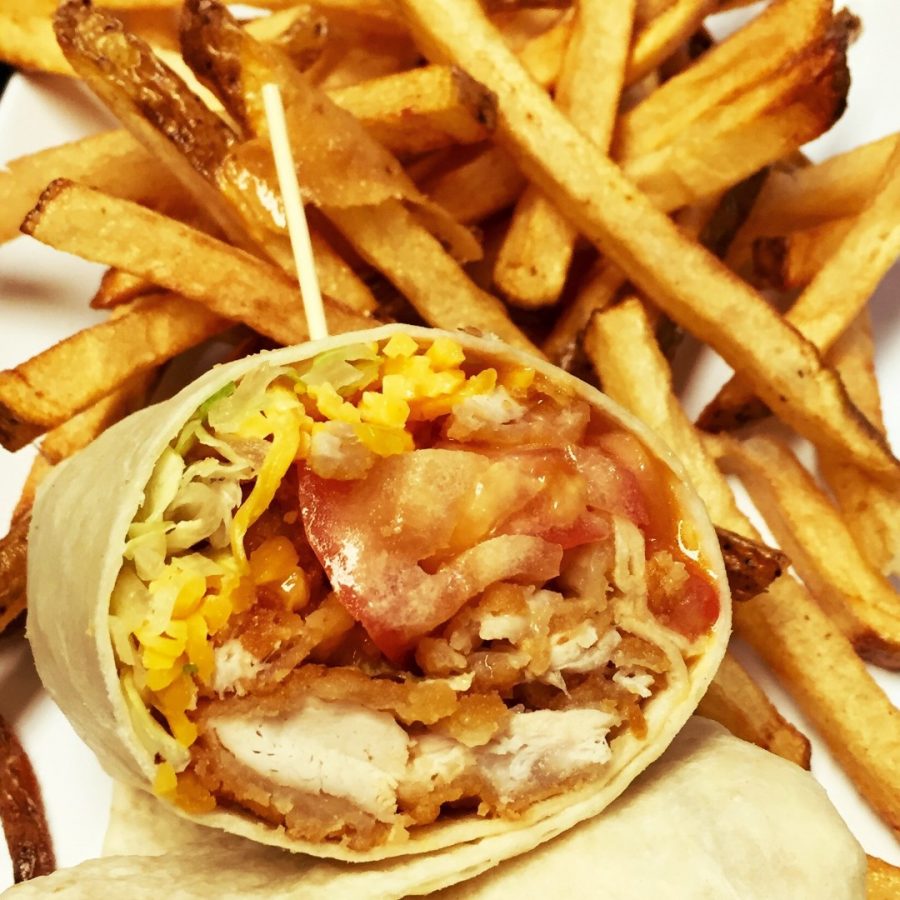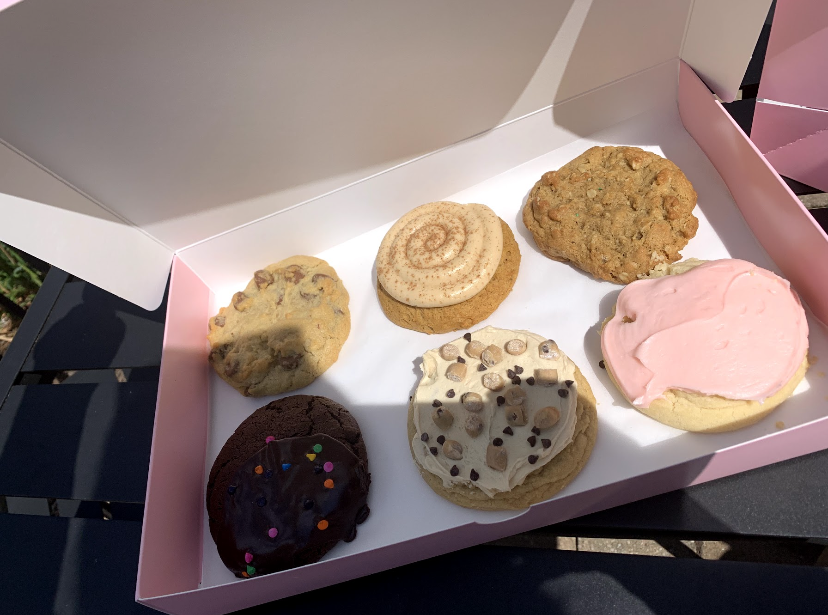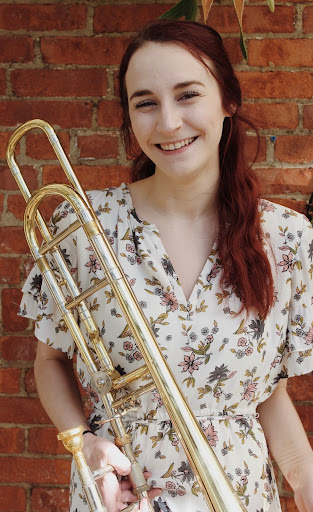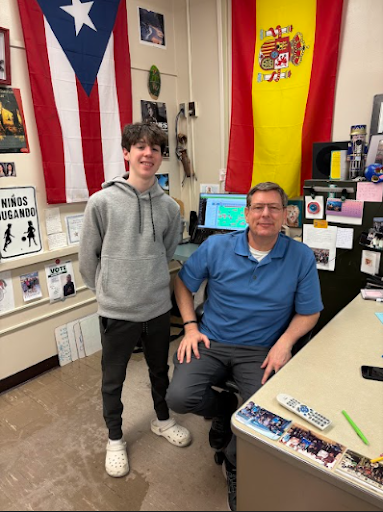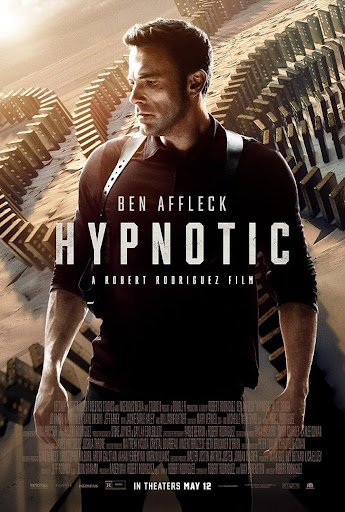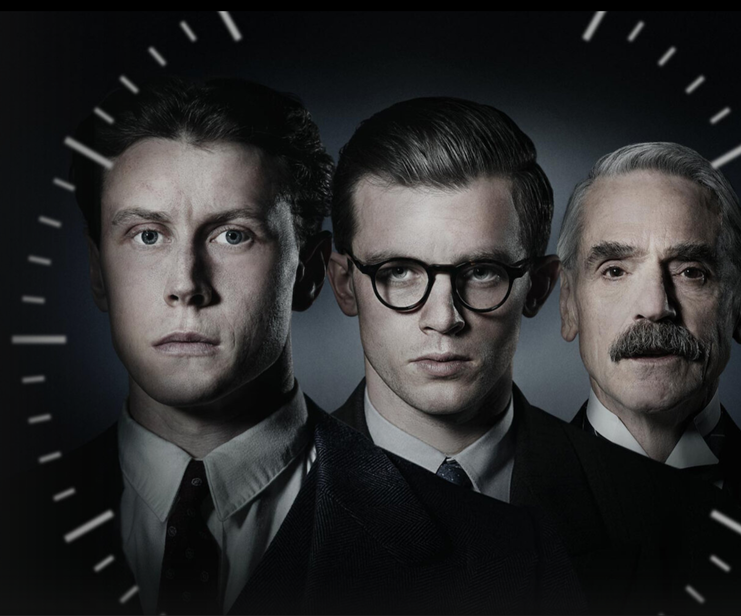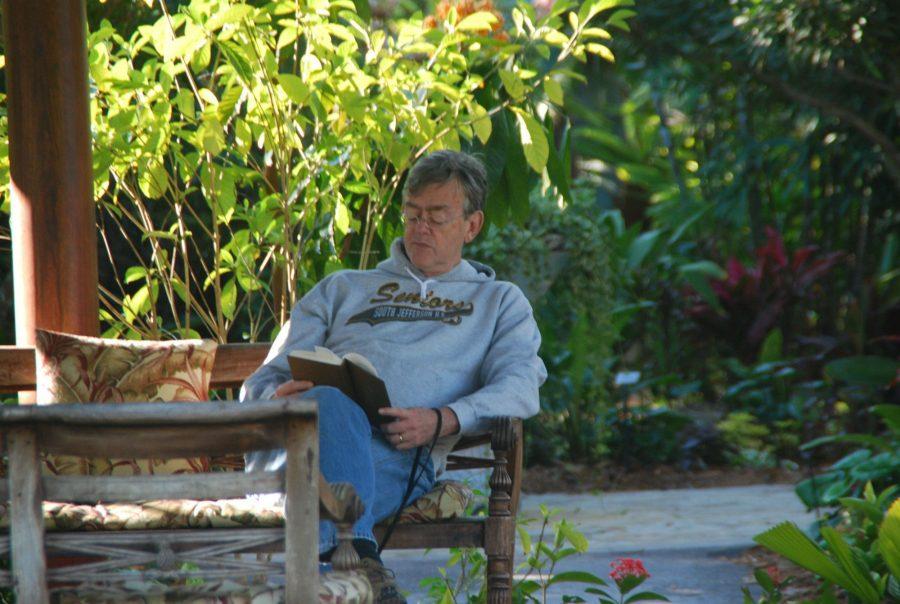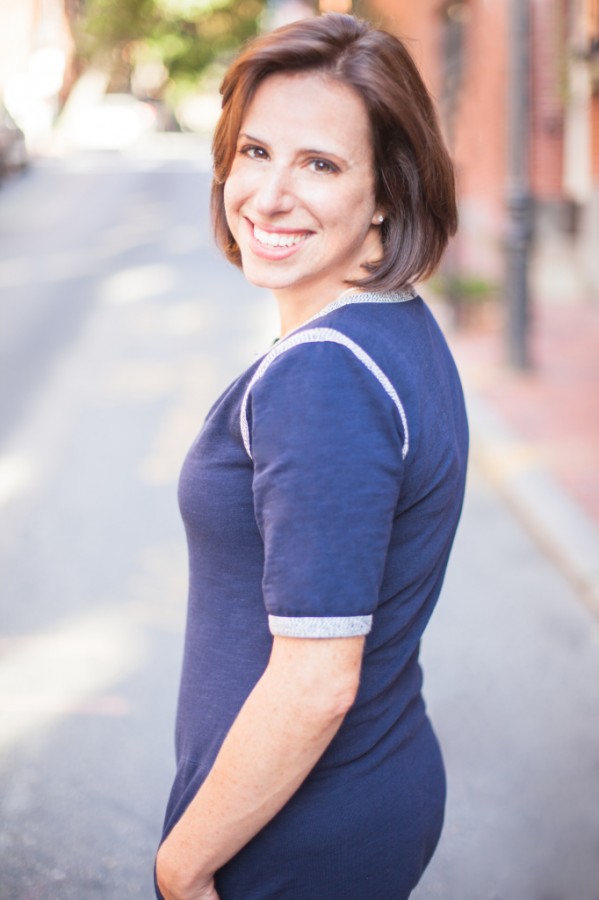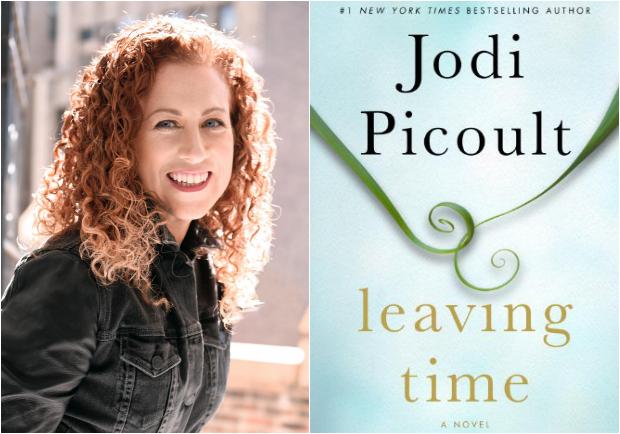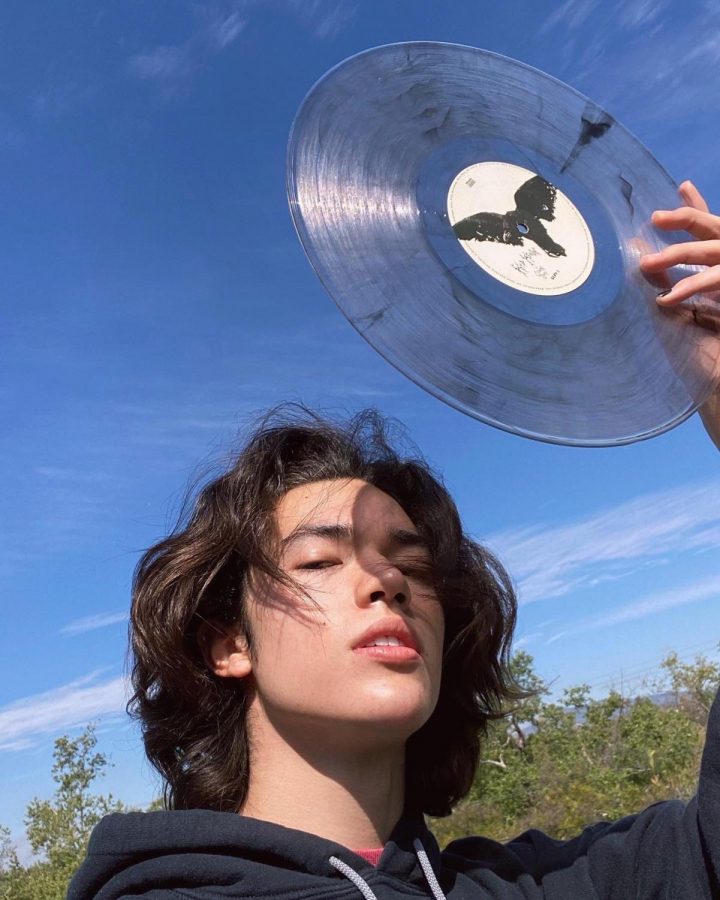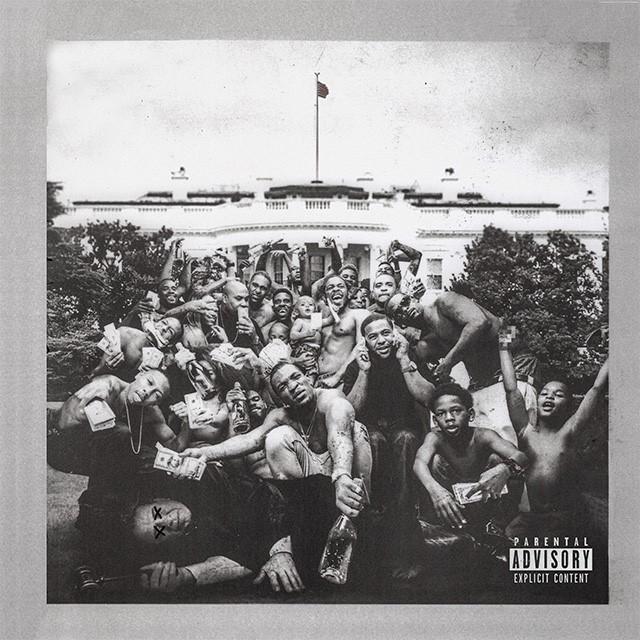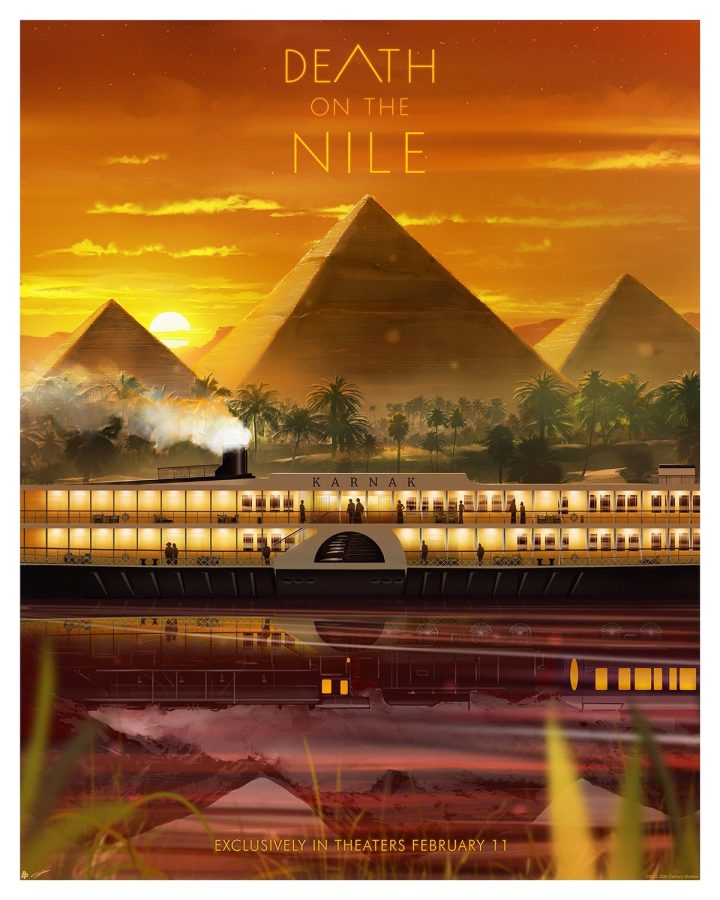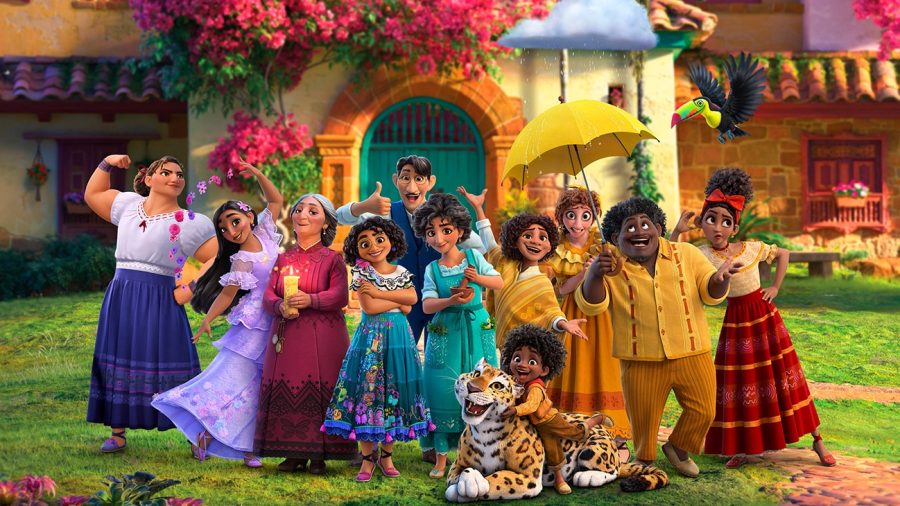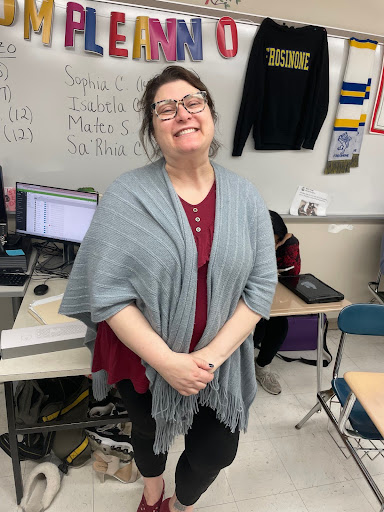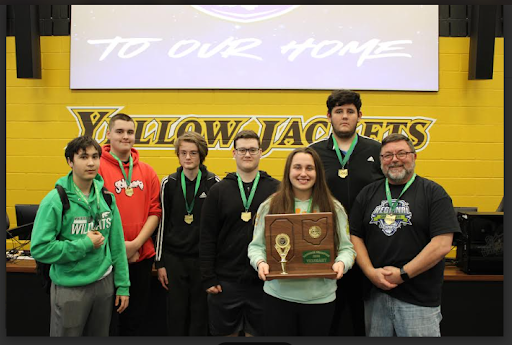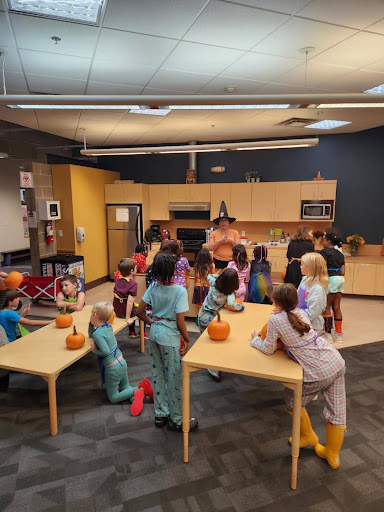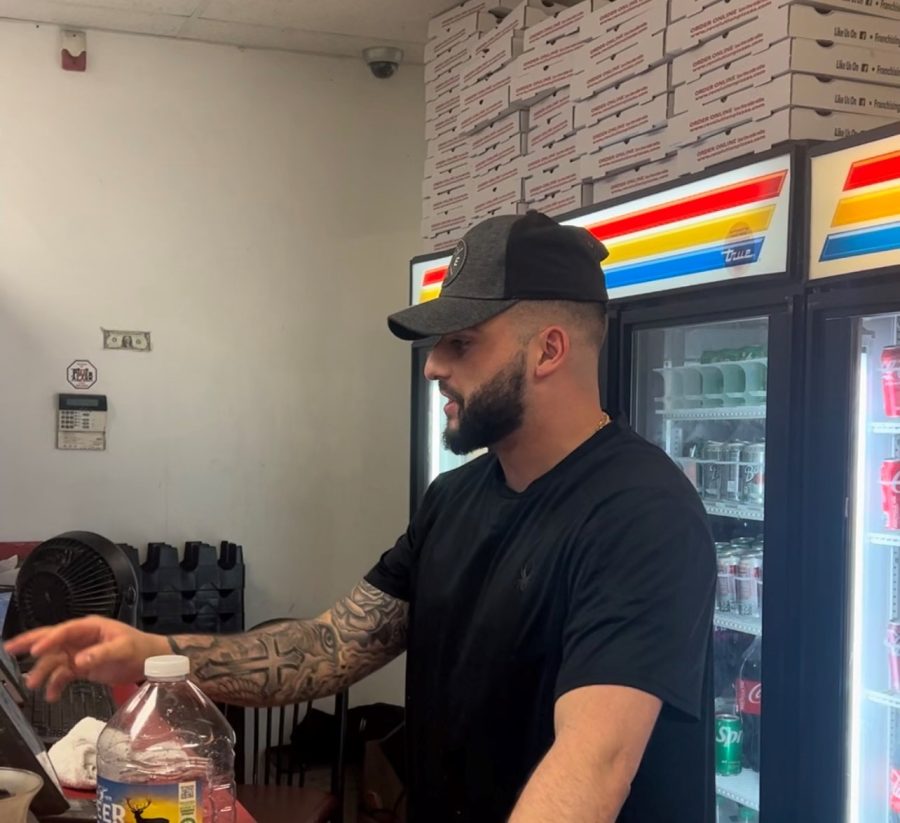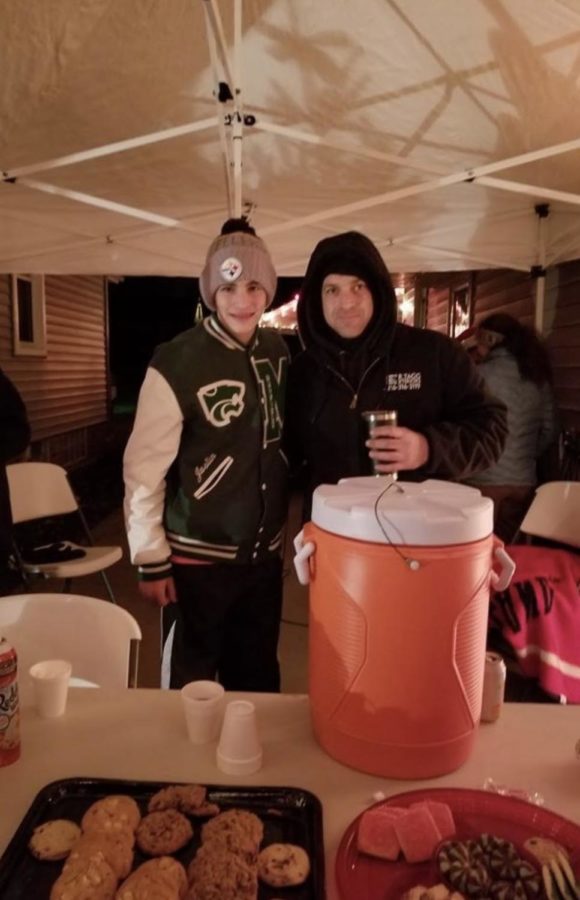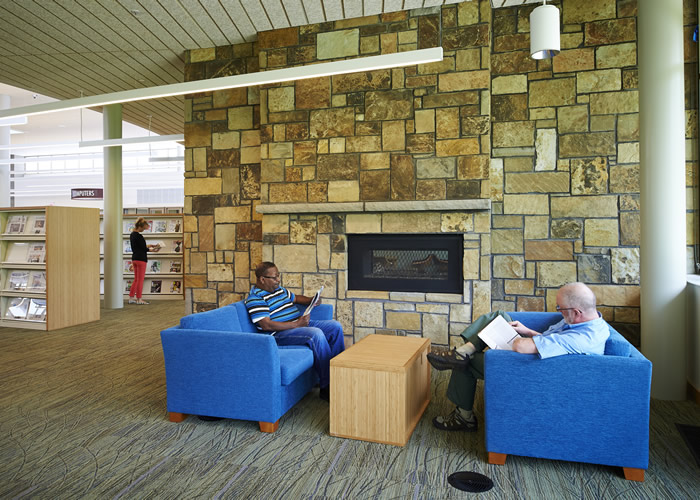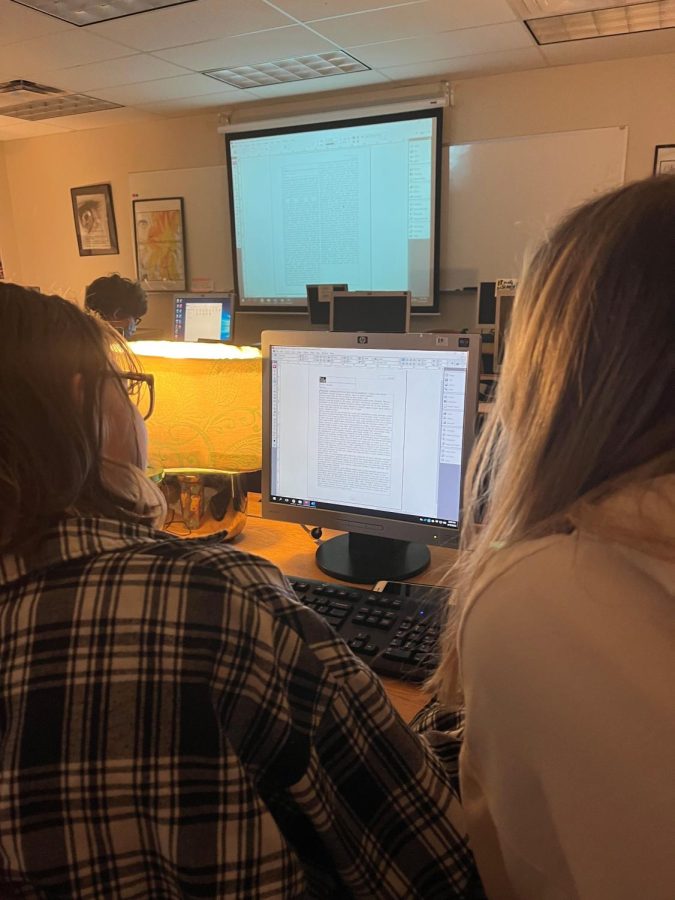Creative Writing students create Voices Magazine
Juniors Gracie Wilde and Mia Maurer work collaboratively to format the poetry section of Voices magazine.
May 4, 2022
63 editions.
Voices Magazine is bustling about computer labs and copy rooms, collaborating to make their 63rd edition of the literary magazine.
Adviser of the magazine, Kari Beery, offers leadership roles such as editors of the essay, poetry, microfiction, short story, and art sections as well as head editor of the magazine. She said, “Usually that means you are in control of a section or you are learning to kind of delegate, or advocate, or facilitate the information of taking a piece, vetting it, looking at the principles of what the genre dictates or how you measure that genre and how you can kind of see the control of that. And then obviously within that editor [position], you are doing a lot of leadership things with communication, you’re working with other people to make sure things are organized.”
The Voices staff experience advertising, marketing, layout, and formatting. Beery said, “It’s all kind of in elementary forms but you get to see all the layers, the sales, the budgeting, the working with other printers outside of here. So all the people that have to coordinate in order to make something, you know that was once individual pieces, now is a collection of voices and art.”
Staff members are also vetting the pieces and communicating their opinions; however, the job does not stop there. Mrs. Beery said, “They might be working on advertising, to advertise the magazine, to write announcements, to organize or kind of market the submissions for the sales process.”
Taking on a leadership role does not just mean students have to be an editor. Beery said, “The first stage is to be open enough to submit their pieces. So that can be involvement right there and of course, encouraging other people [to submit too].”
Senior Gabi Polin is the magazine’s art editor and enjoys the privilege of viewing all the art submissions for the magazine. She said, “It always surprises me because the students submit things that I’m almost shocked with how good they are because they have such distinct styles and such unique visions and I wish I could honor more pieces of art in the magazine.”
With the role of art editor comes lots of responsibilities and Polin enjoys that aspect, too. She said, “We have the option to put pieces of art on pages however we want, and since I’m the art editor, I like to make it my responsibility to make it as aesthetically pleasing as I can.”
Polin cherishes the challenge of taking on extra roles and work, so the art editor position met those standards well. Polin said, “I wanted to do the art section because I generally just enjoy art and I also love writing but if there’s an art section that maybe not as many people would want to step up to do because it’s a writing class, then I would be more than happy to do that.”
Sophomore Julie Blum received the role of Microfiction editor and works with the rest of the Microfiction staff to build a strong section of the magazine. Blum said, “We [the staff] all took one paper at a time, read it on our own, and then graded it essentially. Then, once we were all done reading the papers, we all talked about it and talked about what we liked about the parts of the piece.”
Blum also works with her assistant editor, Robert Curtis, to strategize the vetting and editing processes. She said, “We [Julie and Robert] worked really well together and still do. We talked a lot on how we wanted to organize stuff and put the work into the computer and everything like that.”
Taking on a leadership role does not just mean students have to be an editor. Beery said, “The first stage is to be open enough to submit their pieces. So that can be involvement right there and of course, encouraging other people [to submit too].”
Beery emphasizes deadlines to her staff but works to make the process as stress-less as possible. She stated, “I have tutorials of things online and also work with students individually so they can feel supported. I bring in support from the printer so we have professionals coming in.”
While the staff did the absolute best they could, last year’s magazine process raised complications as not everyone attended in-person. The platform in-design only worked in school, limiting editor positions and communication faced difficulties. Beery said, “Everything that was produced here had to be scanned and uploaded and then shared online and we had to create zoom situations where we could collaborate in the in-person and virtual space.”
The role of the art editor is kind of secluded from the rest of the writing staff; however, Gabi Polin found a way to work together. She said, “The only time I actually worked with them was during the voting process where my assistant editor Zach and I made some slideshows and it had all the art in it and we had the class vote on their favorite pieces. And then out of those, the top winners get their own pages and then the rest can get dispersed around as the other editors wish.”
Beery compared the construction to being like an Etsy shop and shipping out the products to buyers. She said, “Everyone feels a sense of pride and celebration when it’s done, a real sense of ‘I did this, I made this.’ And then the celebration of being a published author is like the cherry on top.”
